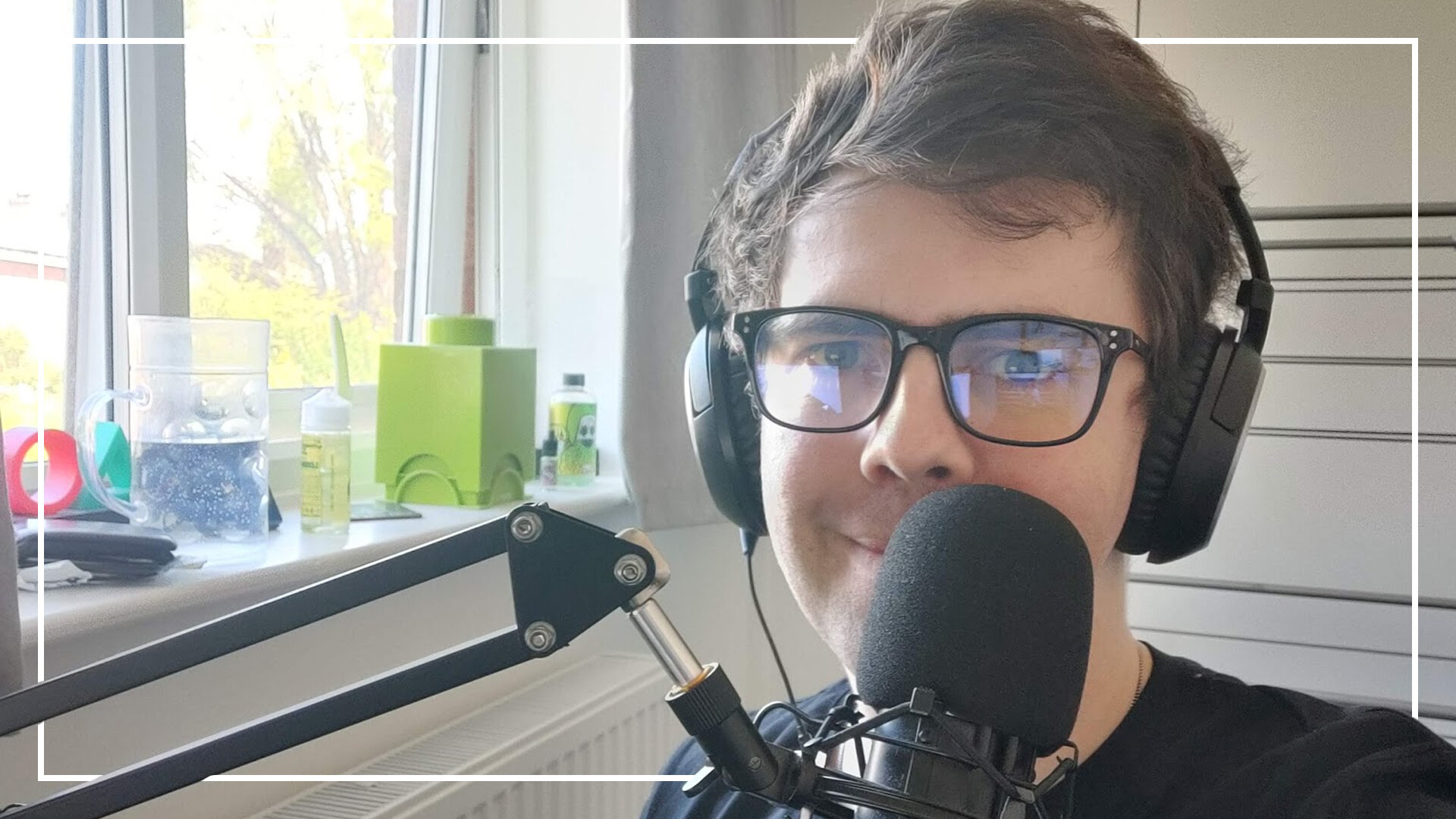EE Brings 4G Mobile Coverage To Rural UK Using Drones And Balloons
Google tried with balloons. Facebook has drones. Now, British mobile provider EE has joined the fight to provide rural communities with phone signal - using both high-flying balloons and drones.
These technologies are patent-pending and should provide a steady 4G service to the most remote parts of the UK, helping keep people connected in times of natural disaster.
So, what do EE have up their sleeves? Well, firstly, they have a helium balloon called “Helikite,” which sends mini mobile sites up to a high attitude for mobile coverage. What makes this so special is the faster response to disaster - it can be fully inflated in 50 minutes and stay in the air for weeks.
They also have drones that has a maximum altitude of 300 feet, which broadcasts phone signal at a radius of more than half a mile. This only has the battery life of nearly an hour though, so this one is just for the quick search-and-rescue operations.
Alongside these rather ambitious aerial projects, EE are also adding their “air mast” solutions, the small cells which connect via satellite and provide 4G spectrum, are being added to a fleet of Rapid Response Vehicles - making sure that police, fire and ambulance all stay connected.
“We are going to extraordinary lengths to connect communities across the UK,” CEO Marc Allera commented. “Innovation is essential for us to go further than we’ve ever gone, and deliver a network that’s more reliable than ever before.
“Rural parts of the UK provide more challenges to mobile coverage than anywhere else, so we have to work harder there—developing these technologies will ultimately help our customers, even in the most hard-to-reach areas,” Allera added.
This is all fair and good, but the future implications are massive too!
“I see innovations like this revolutionising the way people connect,” Allera said. By this, he is referring to the company’s vision of “coverage on-demand.”
“What if an event organizer could request a temporary EE capacity increase in a rural area, or a climber going up Ben Nevis could order an EE aerial coverage solution to follow them as they climb?” he pondered. “We need to innovate, and we need to think differently, always using customers’ needs to drive the way we create new technologies.”
Certainly an interesting way forward (and a huge moneymaker for the service if they manage to commercialise it in the future).











Alongside the scientists, 50% of the British public and the future health of young people across the nation, I have one simple request: delay Freedom Day, please.